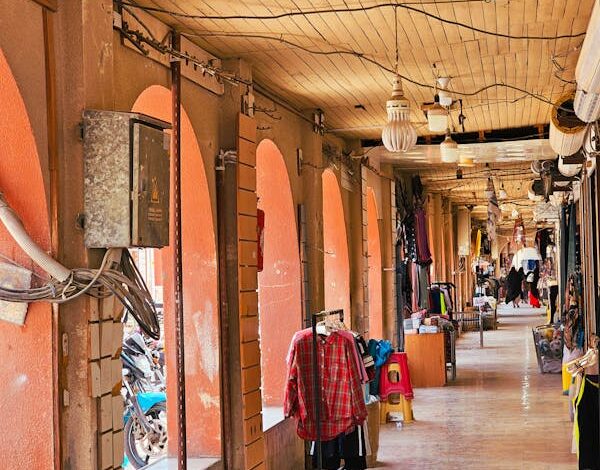The Usability of Floor Displays in Retail: An Insight

Floor displays have become an integral part of modern retail environments, playing a crucial role in shaping the shopping experience. These displays are strategically placed on the sales floor to attract customers’ attention, promote specific products, and drive impulse purchases. Understanding the usability of floor displays is essential for retailers who aim to maximize their effectiveness and enhance the overall customer experience.
One of the primary advantages of floor displays is their ability to capture customer attention. Positioned at eye level or within easy reach, these displays are designed to be visually striking and engaging. They often feature bold colors, creative designs, and prominent branding to stand out in a crowded retail space. This visual appeal is critical in a retail environment where customers are constantly bombarded with information and stimuli. A well-designed custom floor display can effectively cut through the noise and draw customers toward the featured products.
In addition to their visual appeal, the usability of floor displays is closely tied to their functionality. For a floor display to be effective, it must be easy for customers to interact with. This means that products should be easily accessible, with clear labeling and pricing information. A cluttered or poorly organized display can deter customers from engaging with the products, leading to missed sales opportunities. On the other hand, a well-organized display encourages customers to browse, touch, and ultimately purchase the featured items.
Another key aspect of usability is the placement of floor displays within the retail space. The strategic positioning of these displays can significantly impact their effectiveness. High-traffic areas, such as store entrances, checkout lanes, and aisle endcaps, are prime locations for floor displays. When placed in these areas, displays are more likely to be noticed by customers, increasing the likelihood of impulse purchases. However, it is important to avoid overcrowding these areas with too many displays, as this can create a cluttered and overwhelming shopping environment.
The usability of floor displays is also influenced by their adaptability. In today’s fast-paced retail landscape, the ability to quickly update and modify displays is crucial. Retailers often need to change the products featured on floor displays to align with seasonal promotions, new product launches, or changing customer preferences. Displays that are easy to assemble, disassemble, and reconfigure offer greater flexibility and allow retailers to respond quickly to market trends.
Moreover, floor displays should be durable and sturdy enough to withstand the rigors of a busy retail environment. They need to support the weight of the products while maintaining their structural integrity over time. A display that collapses or becomes damaged not only detracts from the store’s appearance but can also pose a safety hazard to customers. Therefore, selecting high-quality materials and ensuring proper assembly are critical for the long-term usability of floor displays.
So, the usability of floor displays in retail is a multifaceted concept that encompasses visual appeal, functionality, placement, adaptability, and durability. Retailers who invest in well-designed and strategically placed floor displays can enhance the shopping experience, drive sales, and reinforce their brand identity. As retail continues to evolve, the role of floor displays will remain a vital tool for engaging customers and achieving business success.




